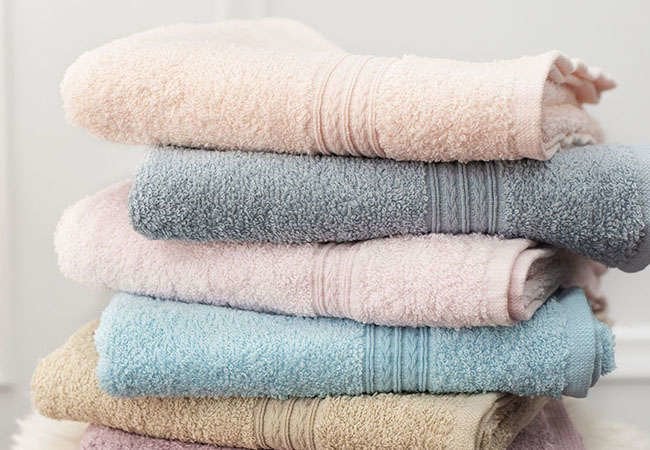

We may earn revenue from the products available on this page and participate in affiliate programs. Learn More ›
Home Advice You Can Trust
Tips, tricks & ideas for a better home and yard, delivered to your inbox daily.
Read the Label
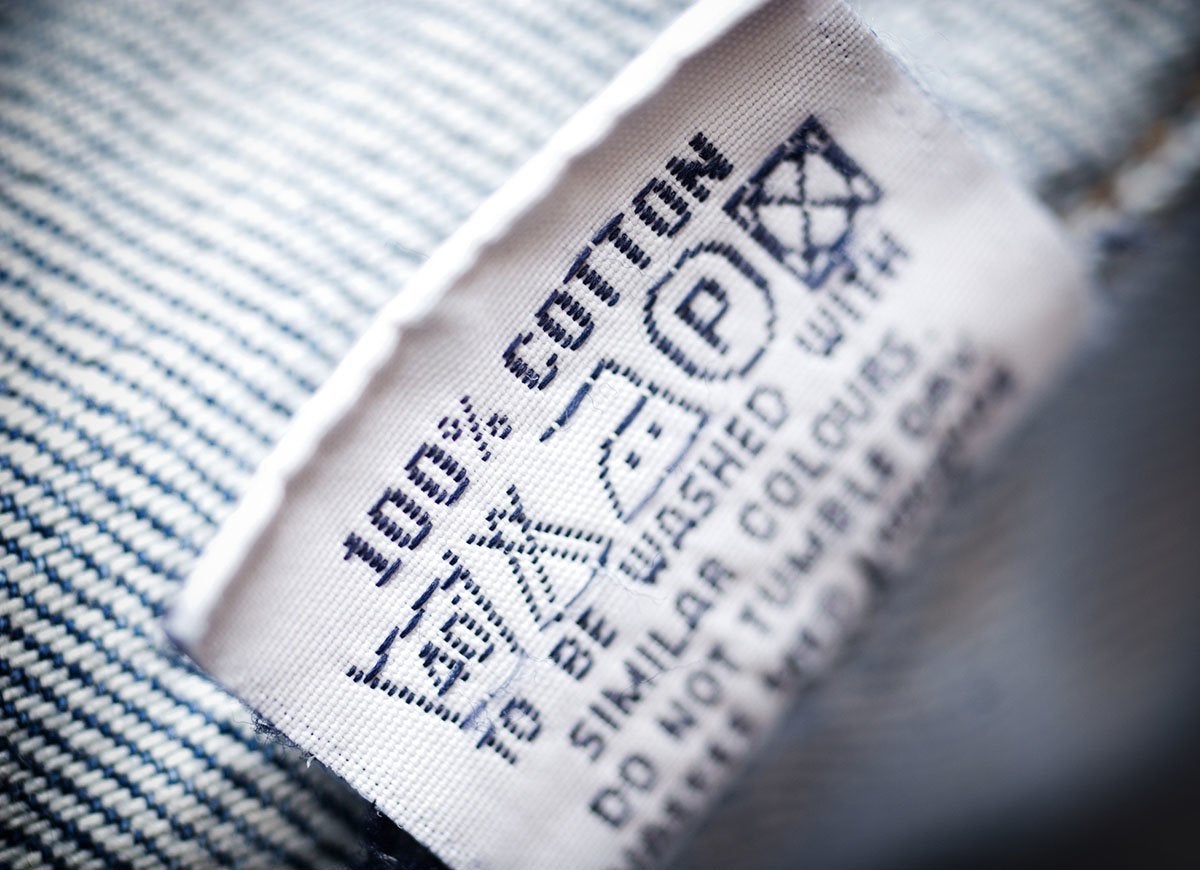
Household textiles come in a wide range of materials, including cotton, wool, and silk as well as a variety of synthetic fabrics, and each one has specific laundering instructions. The Federal Trade Commission requires that textile products carry labels to list the fibers used and provide safe laundering guidelines. Known as “regular care” instructions, these directives tell you the best way to wash and dry an item, so it’s important to always read the label before you toss anything in the wash.
Tablecloths

Whether it’s an everyday polyester tablecloth or an antique lace one you inherited from your great aunt, all tablecloths should be laundered after they’ve been used. Even if you can’t see any stains, odds are that there’s food or liquid somewhere on the tablecloth. If you pack a tablecloth away without laundering it, the next time you take it out you might find dark stains that will be impossible to remove. If the tablecloth is antique or lace and does not have care instructions, consult a dry cleaner.
Sheets
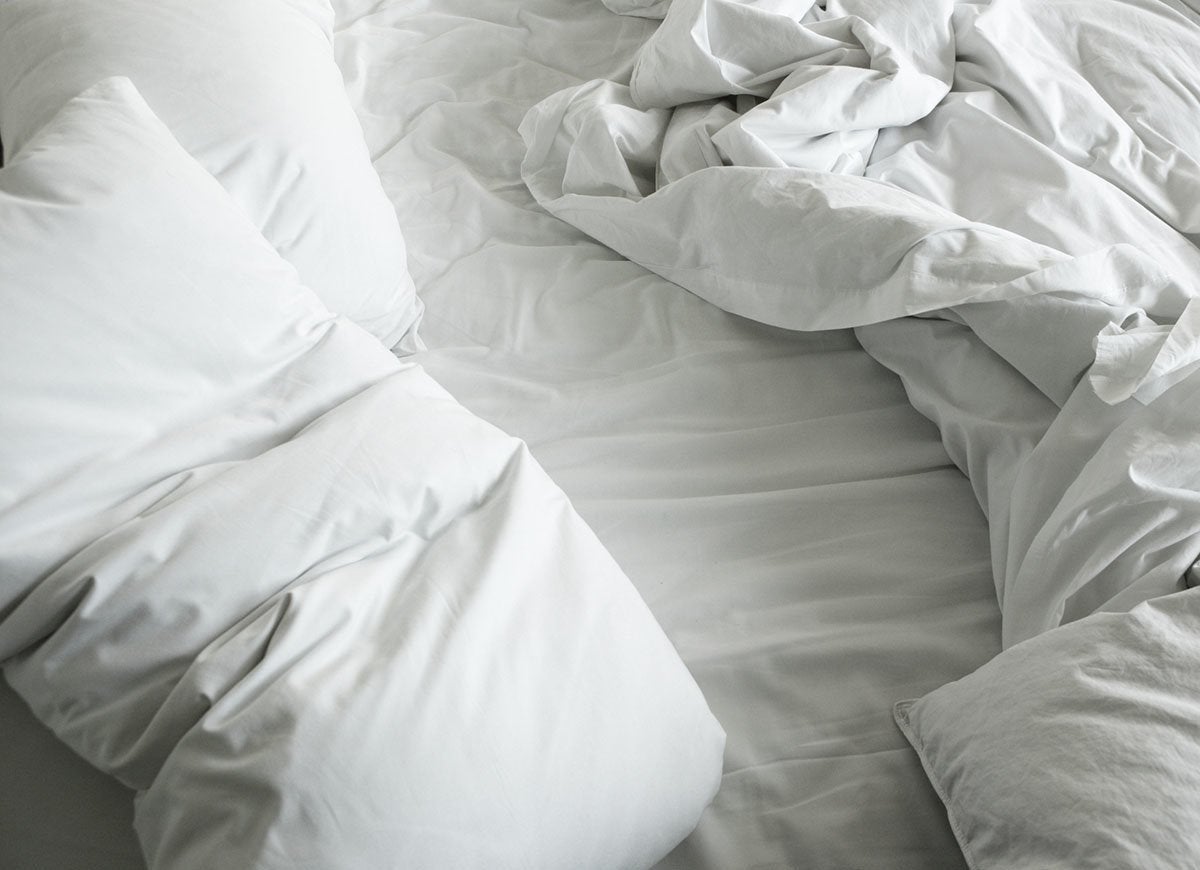
Because sheets come into direct contact with our bodies, oils, sweat, and dead skin flakes can accumulate over just a few days. The standard rule is to launder sheets at least once per week—and don’t forget to throw in the pillowcases, which can quickly become grungy with saliva and night creams. Launder pillow protectors once every three weeks or so.
Blankets
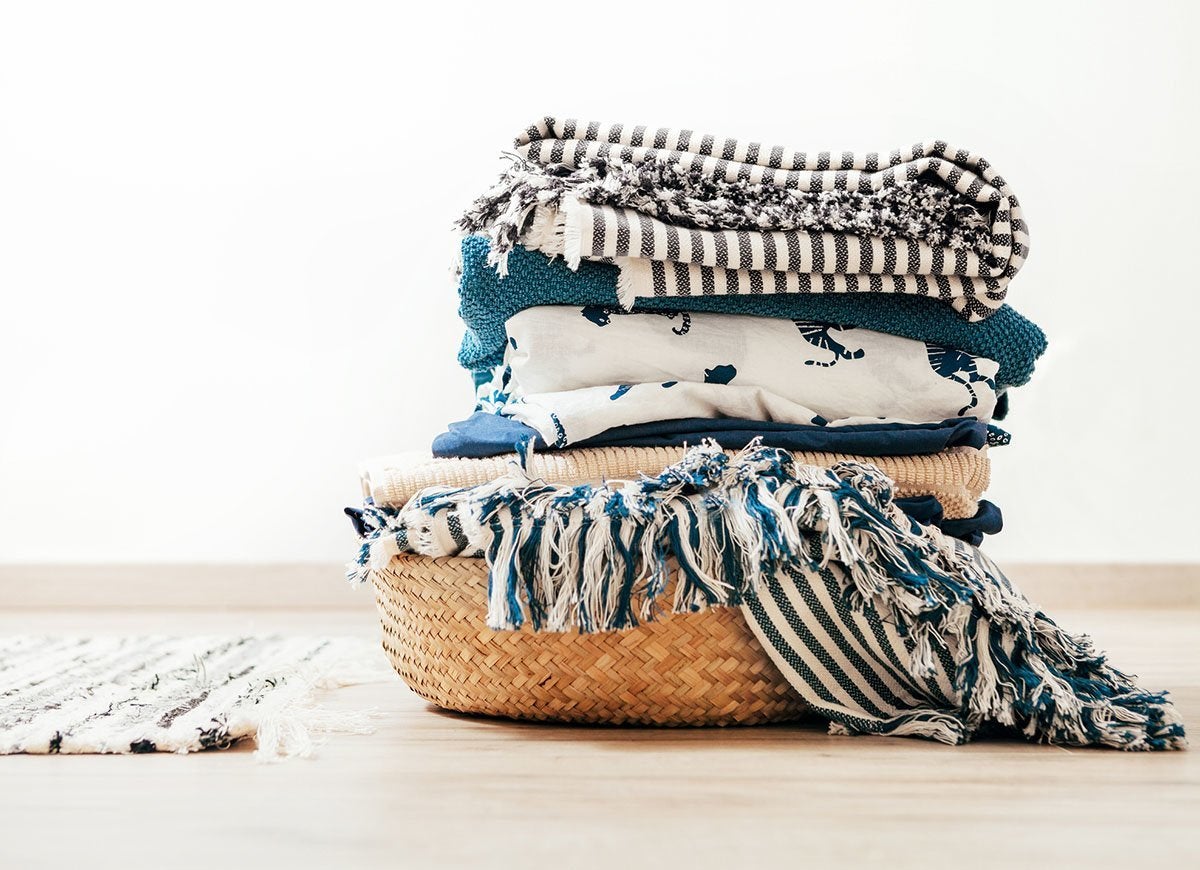
Tucked between the sheets and the bedspread, blankets don’t get soiled as quickly as sheets, but they should still be washed a minimum of once a month if they’re being used continuously. But that extra blanket you keep folded at the foot of your bed and use only a few times each winter needs to be laundered only every six weeks, and then once more before you pack it away for summer.
Bath Towels and Washcloths
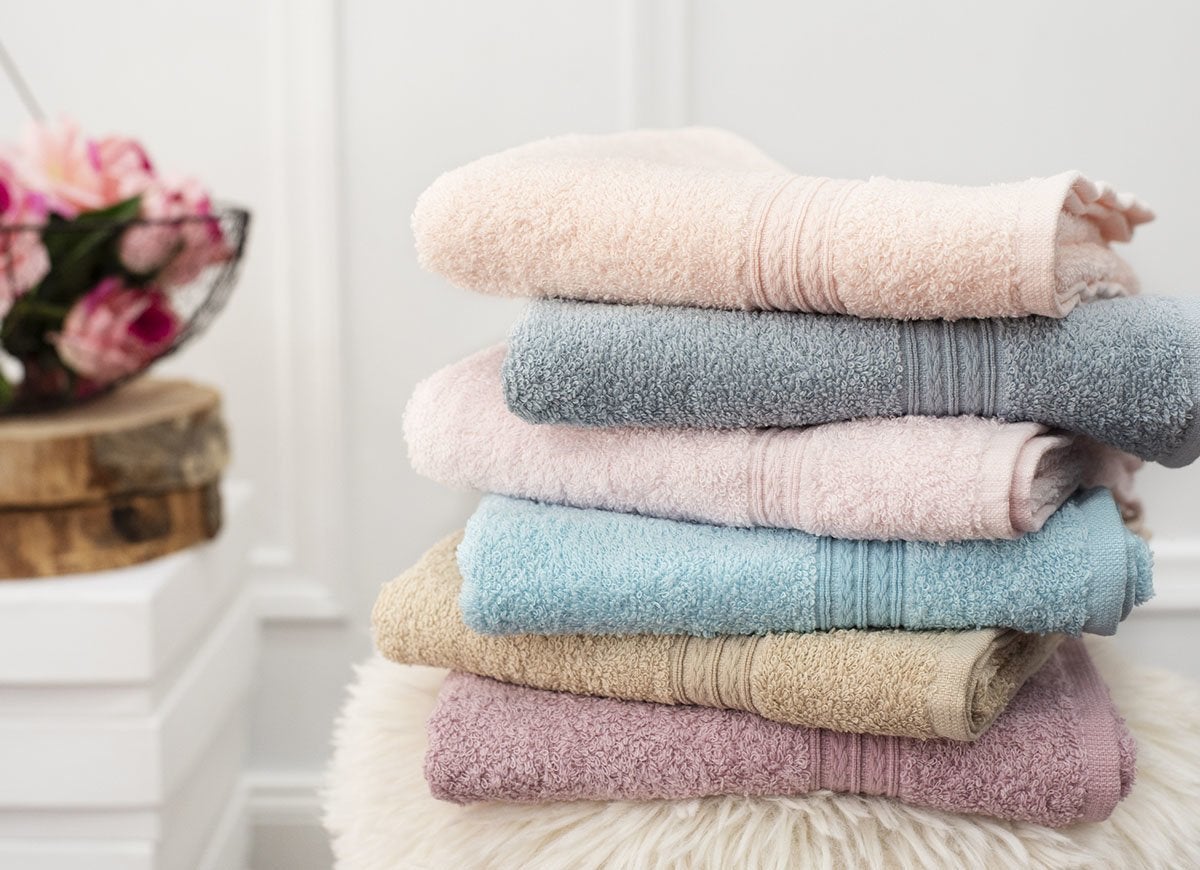
As long as you hang it up to dry after your shower, your bath towel can be used two or three times before it needs to be laundered. Washcloths, however, because they may hold residual skin oils and makeup, should be put in the laundry after a single day of use.
Shower Curtains
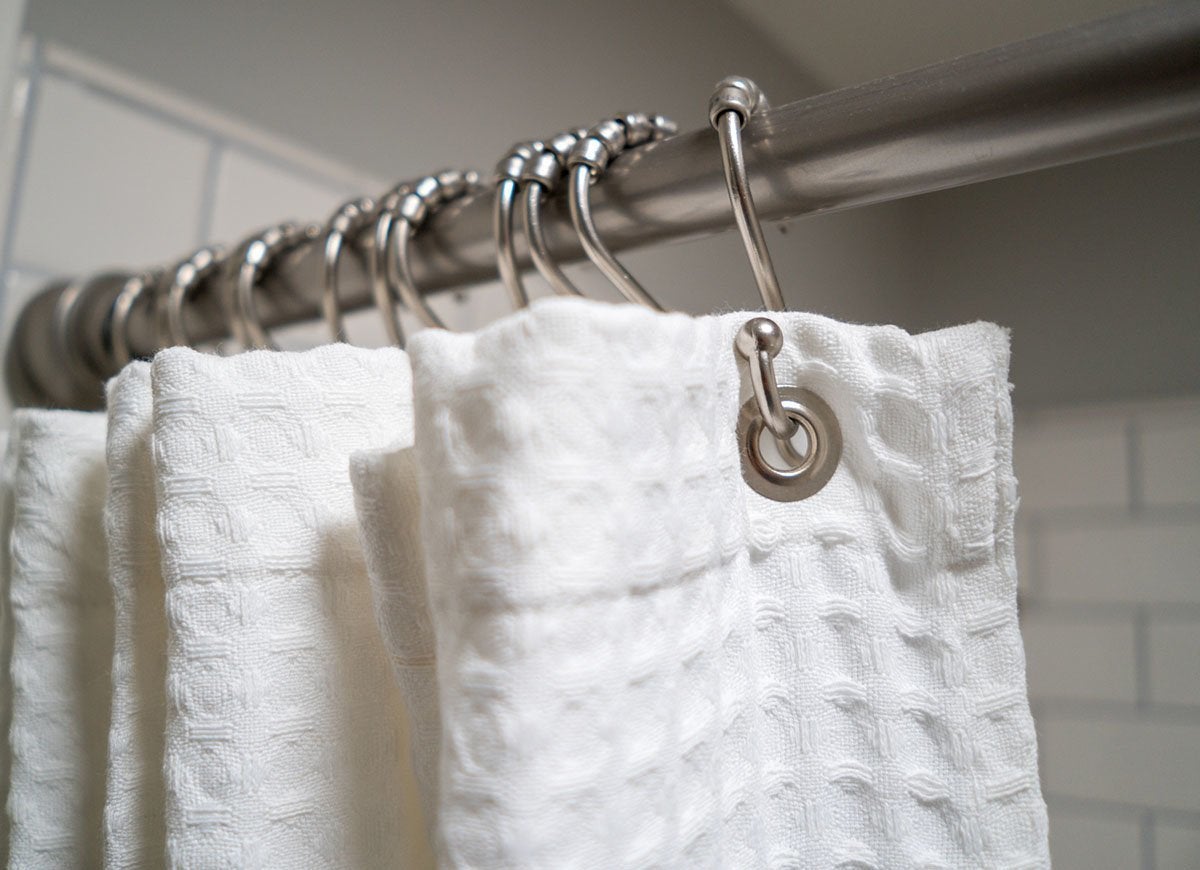
The shower curtain is one of the wettest spots in your bathroom, and if it’s not laundered regularly—once a month, ideally—mold and mildew can develop. You can soak a plastic shower curtain in a bathtub filled with warm soapy water, but you can also toss it in the washer with a half cup of white vinegar and a few dirty towels, and wash it on the delicate cycle. (The towels will add a little friction to help scrub the curtain clean, and they’ll also prevent it from wrinkling or ripping during the cycle.)
Draperies

Draperies need to be laundered only once or twice a year. That said, if someone in the house suffers from allergies, you may want to wash drapes every other month to remove accumulated dust. Check the label to see if you can put your drapes in the washer, but it’s likely that they’ll need to be either dry cleaned or hand-washed and hung up to dry.
Bath Mats

Toss your bath mat in the washer once a week, and between washings, hang it up to dry after every bath or shower. Bath mats are typically thicker and more absorbent than towels, and they can remain damp for hours if they’re left on the floor. Hanging them to dry will reduce the risk of mildew.
Pillows

First of all, you should always use protective covers for your pillows. But even when they’re covered, pillows can play host to microscopic dust mites that can trigger symptoms in allergy sufferers. Besides, you just don’t want your face that close to the little pests. So, every three to four months, launder pillows or have them dry cleaned, depending on the care instructions.
Slipcovers
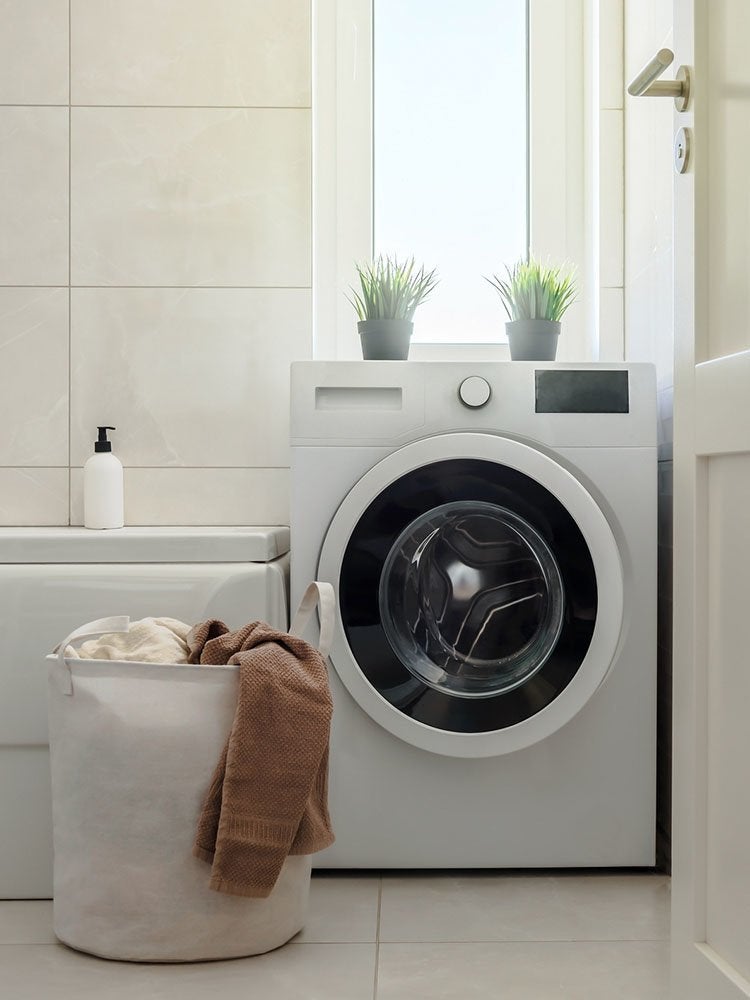
Slipcovers can make a tattered old sofa attractive and inviting, but if you use your slipcovered furniture frequently, wash the covers every three to six months. Tip: When the slipcover is almost dry—just barely damp—put it back on the chair or sofa and smooth it into place for the best fit.

The Homeowner Survival Kit
This year’s Bob Vila Approved is a hand-picked curation of tested, vetted, must-have essentials for surviving homeownership today.
